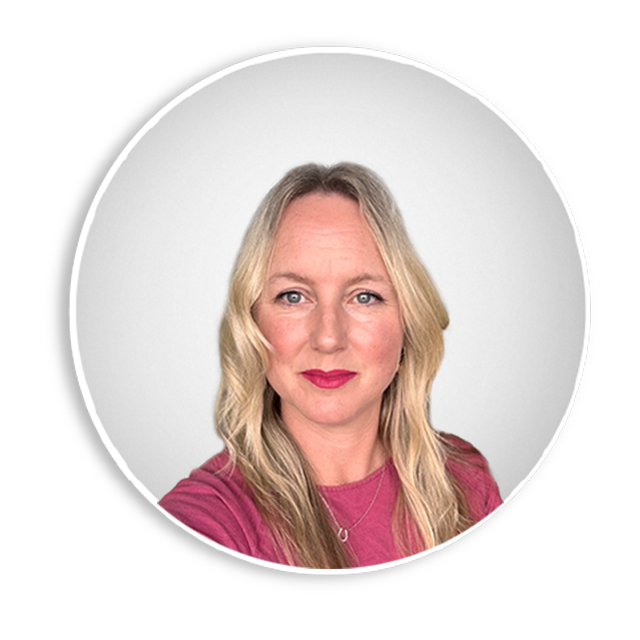How data analytics became a powerful business tool
I’ve been lucky enough to have a front row seat for the rise of data analysis over the past two decades and have watched it transform from a fairly rudimentary discipline into a powerful tool that is helping business leaders make impactful decisions.
My career in data began at the turn of the millennium in the UK after finishing a degree in Psychology and AI, which had hefty statistical analysis and programming components.
One of my early jobs was with a global quantitative market research company in the UK, where we sent six-page questionnaires to households around the UK to gather data on shopping habits and attitudes. We also cultivated data of shopping patterns and behaviours from a little survey on the back of warranty cards for white goods and TVs and radios, when they were posted back by shoppers.
It’s nothing like the digital data lakes available to businesses today, but even then, it was still impactful, and businesses could take a more informed approach to their customer relationships.
We could test promotional campaigns, for instance, to work out the profiles of people who responded to better target the next marketing campaign. Using the Kaizen philosophy, whilst working with Toyota, we saw that data allowed us to look at ways for improvement; we knew that improvement was a constant pursuit and there is always room for progress.
Nuanced and valuable insights
The difference, now, is the models we use are far more powerful, drawing in data from multiple sources to provide more nuanced and valuable insights. It used to take me a week or two to build and refine a model through coding; this has been drastically improved due to ai and machine learning algorithms. I’ve also seen how data analysts have evolved into data scientists, and for good reason.
I moved to Australia about 20 years ago and started a data consultancy business with colleagues from the UK. The business was bought by Virgin Velocity, the airline’s frequent flyer program, in 2015, but I decided to change tack before this happened.
I wanted to work in-house for clients, so I could understand the business from the client side, and so I undertook data lead roles for Insurance Australia Group and oOh!media. I gained an insight into the business problems faced by the C-suite and how data really is a means to solving these problems and helping them make strategic decisions.
One of the projects I’m most proud of was with Rabobank, which wanted to understand how their customers were either similar or different across the online banks – from Australia to New Zealand, to The Netherlands, Germany, and Ireland. I built several customer segmentation models which helped each country to speak to their customers in a more suitable way, about their savings, and automate all their marketing to grow their portfolio in each region.
In the meantime, I created my own data analytics consultancy, helping clients incorporate data into their strategic decision making; managing data-driven action plans for SMEs; and coaching corporate teams in high performance insight and analysis on behalf of ADMA.
The birth of my daughter in 2018 prompted me to take a career break and since then I’ve been able to do some part-time volunteering work on another big passion of mine – supporting mental health and Kids Yoga.
A trusted advisor
I jumped at the opportunity to join Forecast when it came up earlier this year.
One of the things about being a data scientist is that you need time to think and work things out, and this is what attracted me to Forecast, the ability to really focus on solving our clients’ problems. As well as presenting information in a more palatable way.
I’ve watched the data industry grow from a peripheral business function to being more and more imperative, helping make all sorts of key decision such as new product development, key investment decisions and who to market to.
At Forecast, we’re working to be a trusted advisor for clients, helping them draw on empirical evidence and test hypotheses to drive profits, sales and efficiencies.
